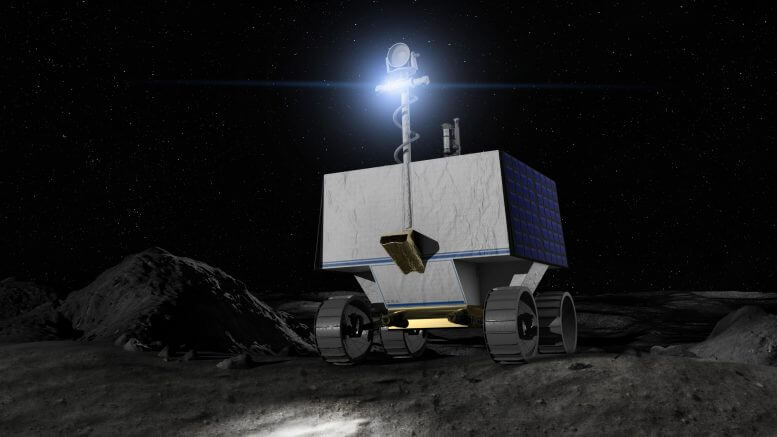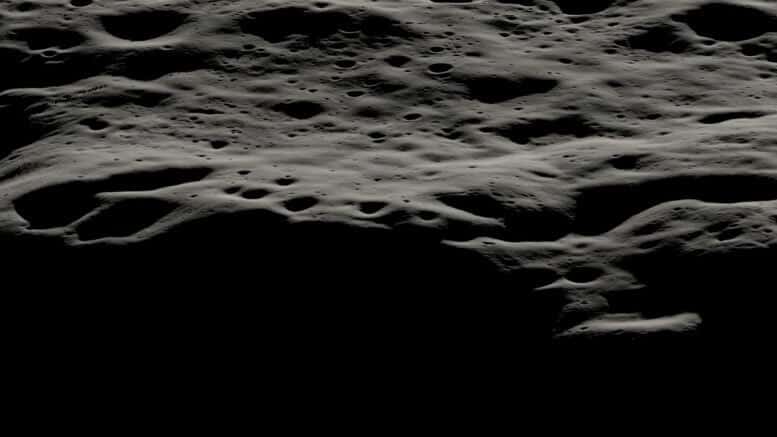The south pole of the moon is one of the coldest regions in our solar system. No previous mission to the surface of the moon has explored it - until now scientists have explored the area using remote sensing instruments, in 2023 NASA will launch a robotic vehicle that will explore the area on the ground

In 2023, NASA's Viper robot will land near the western edge of Nobel Crater at the moon's south pole to map and explore the surface and subsurface in search of water and other resources. Viper, which is part of Artemis, will be launched on Space X's Falcon-Heavy rocket and brought to the moon by Astrobotics' Griffin lander as part of NASA's Commercial Lunar Landing Services initiative.
The south pole of the moon is one of the coldest regions in our solar system. No previous mission to the surface of the Moon has studied it - until now scientists have studied the area using remote sensing instruments, including the Lunar Survey Compass and NASA's Lunar Crater Observation and Sensing Satellite.

Data from these and other missions have helped scientists conclude that ice and other potential resources exist in regions of the moon that are in permanent shadow, near the poles. After an extensive landing site selection process, the mountainous area west of Noviel Crater was chosen as the Viper landing site because of the surface accessible to the robot and a set of nearby sites of scientific interest, including areas in permanent shadow.
"Once on the surface of the Moon, Viper will provide ground-truth measurements of the presence of water and other resources on the Moon's south pole, and the areas around Neuville Crater are the most promising in this scientific search," said Thomas Zerbaken, NASA's Deputy Administrator for Science at Headquarters. "The data Wiper will return will provide lunar scientists around the world with further insights into the cosmic origin, evolution and history of our Moon, and will also help inform future Artemis missions to the Moon and beyond by allowing us to better understand the lunar environment in these previously unexplored, distant regions hundreds of thousands of kilometers".
Neuville Crater is an impact crater formed by a collision with another smaller celestial object, and is in almost constant shadow, allowing ice to exist there. Smaller, more accessible craters around Nobile's perimeter are also ideal sites for a Viper to explore in search of ice and other resources.
"Choosing the Vaper landing site is an exciting and important decision for all of us," said Daniel Andrews, Vaper project manager. "Years of research have gone into evaluating the polar region that Wiper will explore. Vaper travels to an unknown land - with information from science - to test assumptions and uncover critical information for humanity's future space exploration."
More of the topic in Hayadan:
